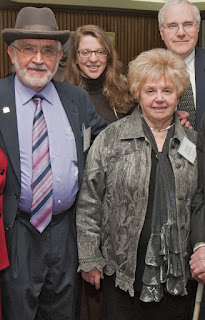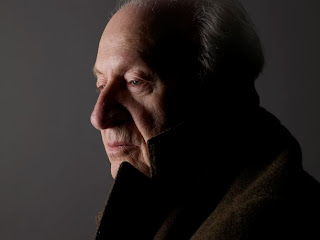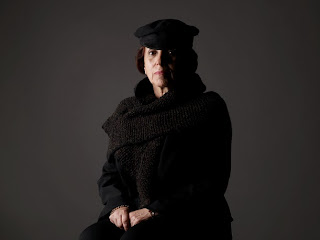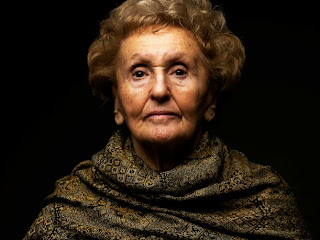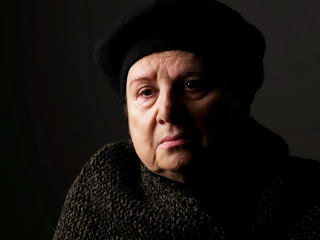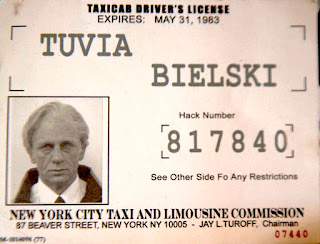
The eldest of four children, Sonya Oshman (z''l) was born in 1922 to a family of wealthy Novogrudok merchants. Novogrudok was a Polish town with a population in the thousands, approximately half of whom were Jewish. The Gorodinskys were well-respected, and Sonya’s father was occasionally called upon to mediate tensions between the town’s Polish and Jewish communities.
Sonya had planned to enroll in medical school in Bialystok the year that the Soviets invaded. Although the Soviets deported many Jews to Siberia, the Gorodinskys were left alone. Life changed drastically when the Nazis occupied Poland. They systematically murdered most of the town’s Jewish population, including Sonya’s youngest brother and grandparents.
By May of 1943, only 500 Jews remained in Novogrudok – mostly skilled laborers and their families. The Nazis confined them to the city's courthouse, where they lived in squalid conditions in what became a makeshift ghetto. On May 7th, the Nazis conducted another massacre, reducing the ghetto population by half. Following this massacre, the remaining 250 Jews began plotting their escape. The initial plan to storm the courthouse gates fell through when the Nazis discovered their plot. Instead, the escapees decided to dig a tunnel underneath the ghetto into the woods; a slow, stealthy escape through a hidden tunnel would allow the sick and the elderly enough time to get out.
The work was difficult and dangerous. The excess earth had to be disposed of, and the summer rains threatened to collapse the tunnel. To avoid suspicious dirt stains, those digging wore burlap sacks – or dug naked. Even in these dire conditions, Sonya found a ray of hope when she befriended and fell in love with Aaron Oshman during the time they spent digging together. They would later marry. Just a month before the escape, Sonya’s father was transferred to another ghetto, along with a handful of other skilled workers. She never saw him again.
The escape finally occurred on a rainy September night. About seventy of the escapees – including two of Sonya’s cousins and the tunnel’s mastermind – lost their lives when they accidentally ran back towards the ghetto and were shot by the guards, who mistook them for ambushing partisans. Most of the other escapees, including Sonya, eventually made it to relative safety at the Bielski partisan camp. There, she was reunited with her one surviving brother Shaul, and with Aaron.

As a member of the Bielski partisan group, Sonya performed many important duties and was instrumental in safeguarding the camp population by standing sentry.
After the war ended, Aaron and Sonya traveled across Europe, finally making it to a displaced person’s camp in Italy. Their first child was born shortly before they arrived in the United States and settled in Brooklyn.
Sonya dedicated her life to sharing her story and to teaching people about the resistance of the Jewish partisans. She traveled extensively and spoke in schools, synagogues, and community centers across the country.
Sonya and Aaron were married for 56 years, had two sons Matthew and Theodore, and four grandchildren. For more on the inspiring life of Sonya Oshman, the Novogrudok tunnel escape, and the Bieslki brigade, please watch the JPEF documentary, A Partisan Returns: The Legacy of Two Sisters. and read Gila Lyon's excellent biography in Tablet magazine.
Sonia passed away on March 2, 2012.







